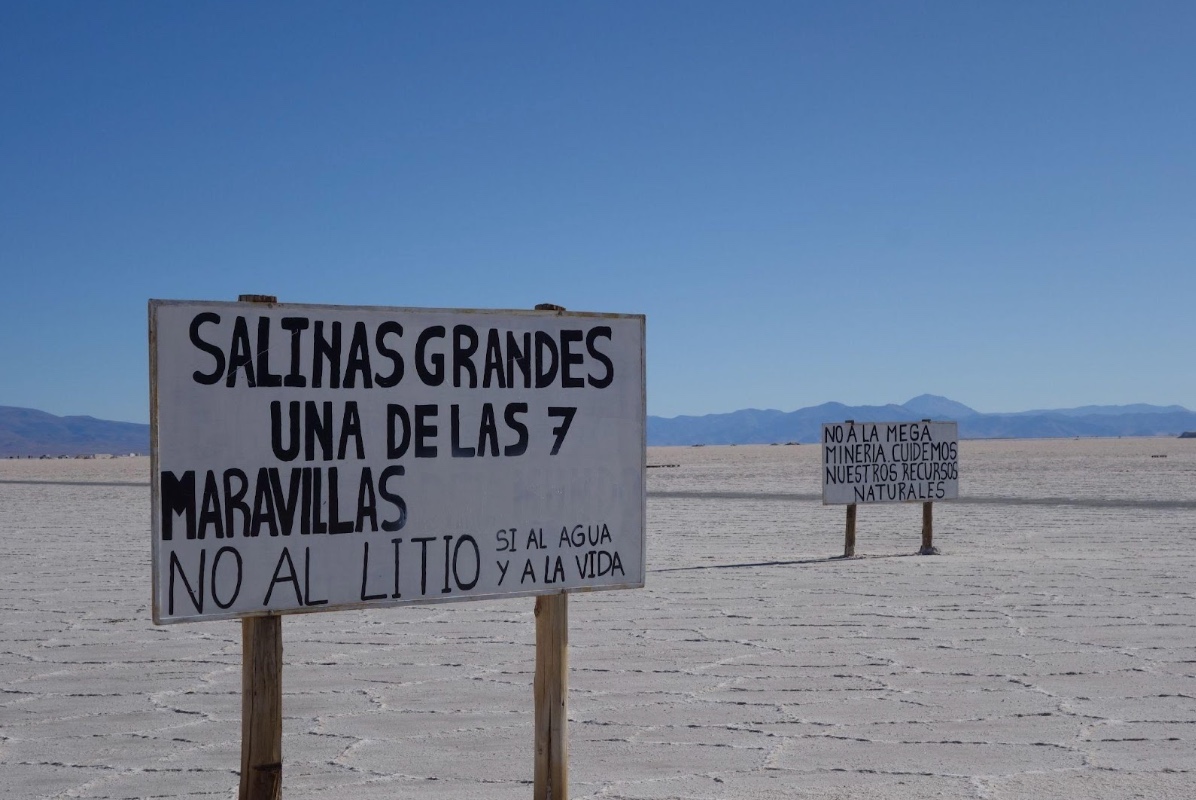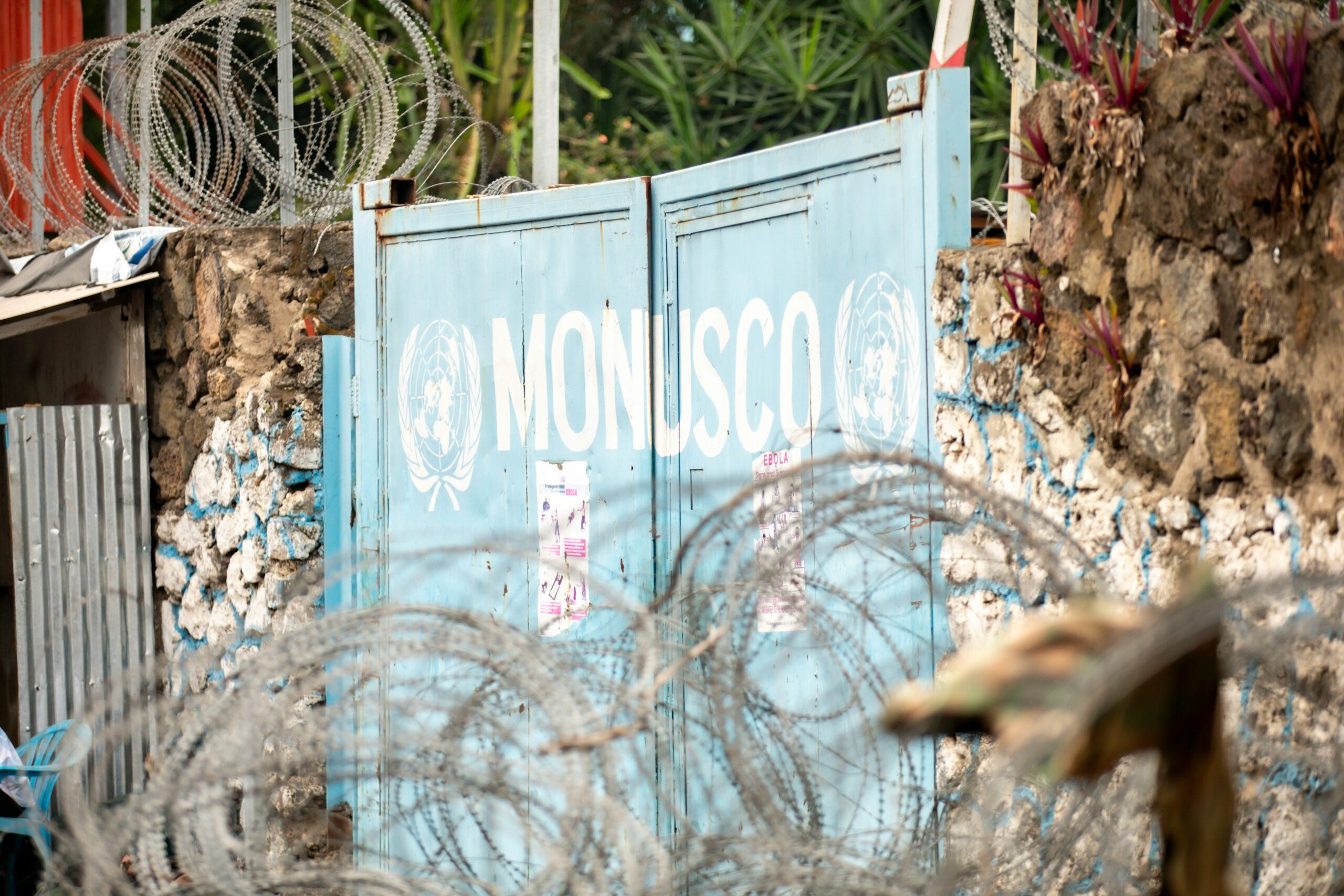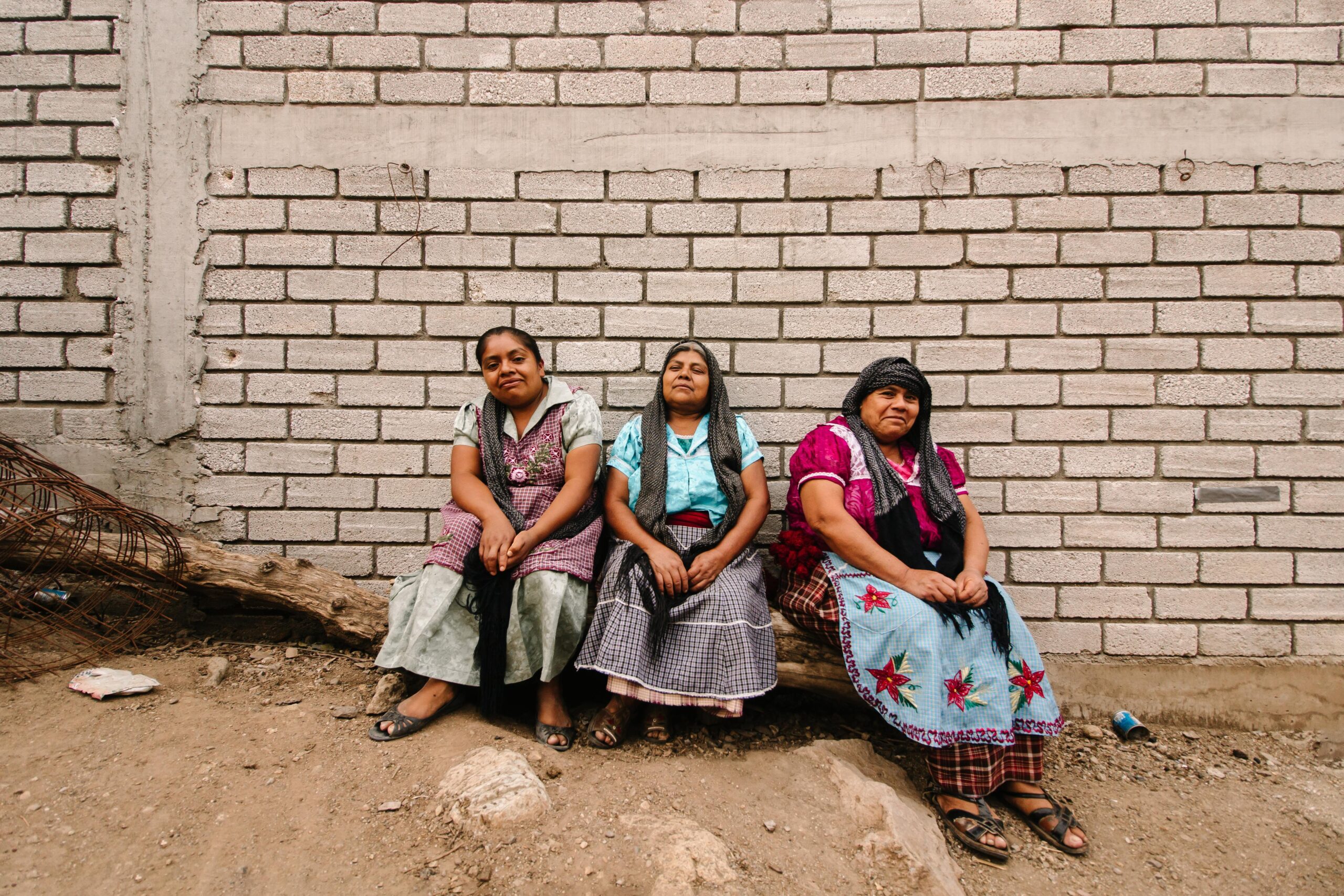By Svea Malmros
For months indigenous communities in the andean region, stretching between northern Argentina and Chile into Bolivia, have been protesting against mining companies and governments because of unsustainable lithium extraction.
Nati Machaca raises livestock for a living and is part of one out of the more than 400 groups of indigenous people living in the affected region. Machaca, like many others, does not have any legal claims to the land she lives off – even though her ancestors have been living there for centuries. She now risks eviction after a recent local constitution reform made to facilitate the mining companies.
Why is lithium extraction a problem?
In the salt flats in the andean region lies one of the world’s biggest lithium reserves containing around 85% of the world’s easily extractable lithium. Lithium is becoming more important than ever in the face of climate change as it is essential in the batteries used in for example electrical vehicles.
In Argentina the lithium is seen as a possibility for economic gain with the global price for the mineral on the rise, and many private mining companies are starting projects of extractions. However, the lithium extraction is not very regulated in law and the companies are often internationally owned. The lithium is then sold as a raw material and turned into a final product outside of the country. This means that little of the money from the extraction actually reaches Argentinian citizens, and even less the affected indigenous communities. In both Chile and Bolivia the state takes part of the gains from lithium and a production of final lithium products exists.
Lithium extraction is not only a matter of economics, however. Regional indigenous communities are protesting the extraction of lithium due to water and environmental issues. Lithium is found in a sort of brine in underground reservoirs under the salt flats. The brine is pumped up to surface pools where the water is then evaporated, leaving lithium behind. About 2 million litres of water needs to be evaporated for 1 ton of lithium. The continuing extraction of water reservoirs from the salt flats dries out surrounding land and puts fresh water reservoirs at risk of turning salty. The process also leaves behind toxic waste that risks contaminating water and land. These aspects are affecting local important ecosystems including both vegetation and wildlife. This in turn has detrimental effects on the livelihoods of the indigenous communities that depend on the natural resources in the area, as it affects both grazing of animals and tourism negatively.
The real cost of the green transition
Lithium is needed in the so-called green transition from a fossil fuel dependent world into one that uses renewable energy so that climate change can be mitigated; this is the excuse used to legitimize the actions in the andean region as well as in other parts of the world rich in lithium and other minerals important to the green transition. The mining companies in northern Argentina are insisting that the mining practices are becoming increasingly sustainable; they for example plan to operate most mining plants with solar energy. This however doesn’t address the actual problem.
Indigenous people are more likely to be affected by the climate crisis, often because of closer relationships with nature, even though they generally have less negative climate impact. The indigenous people in the andean region therefore have to pay a double price for climate change; both through climate change itself affecting ecosystems and livelihoods, but also through the negative impacts of mitigation efforts by the global north. At the same time the global north, from which the majority of climate change can be traced, pays a much lower price and is even earning money from the green transition.
The concept of a green transition ignores the colonial histories that put us in this situation of climate crisis in the first place; it puts the focus on technological solutions while refusing to address imperialistic root causes of over-consumption and over-extraction of resources. This type of thinking makes it seem reasonable to sacrifice a few people for the good of the whole, ignoring that “the good of the whole” in this scenario is a reality where the global north continues with exploitative consumption habits while many others are not actually benefiting from the arrangement.
All over the world indigenous communities are standing up for the environment and nature, fighting companies and governments for the survival of vital ecosystems. At the same time they are seen as a hindrance in the green transition when they protest things like the over-extraction of lithium. While it is clear that something needs to be done about the climate crisis we need to ask ourselves if the continuing exploitation of the earth’s natural resources really is a sustainable way to combat climate change, or if it’s just another way of continuing pushing the problem into the future.





Leave a Reply